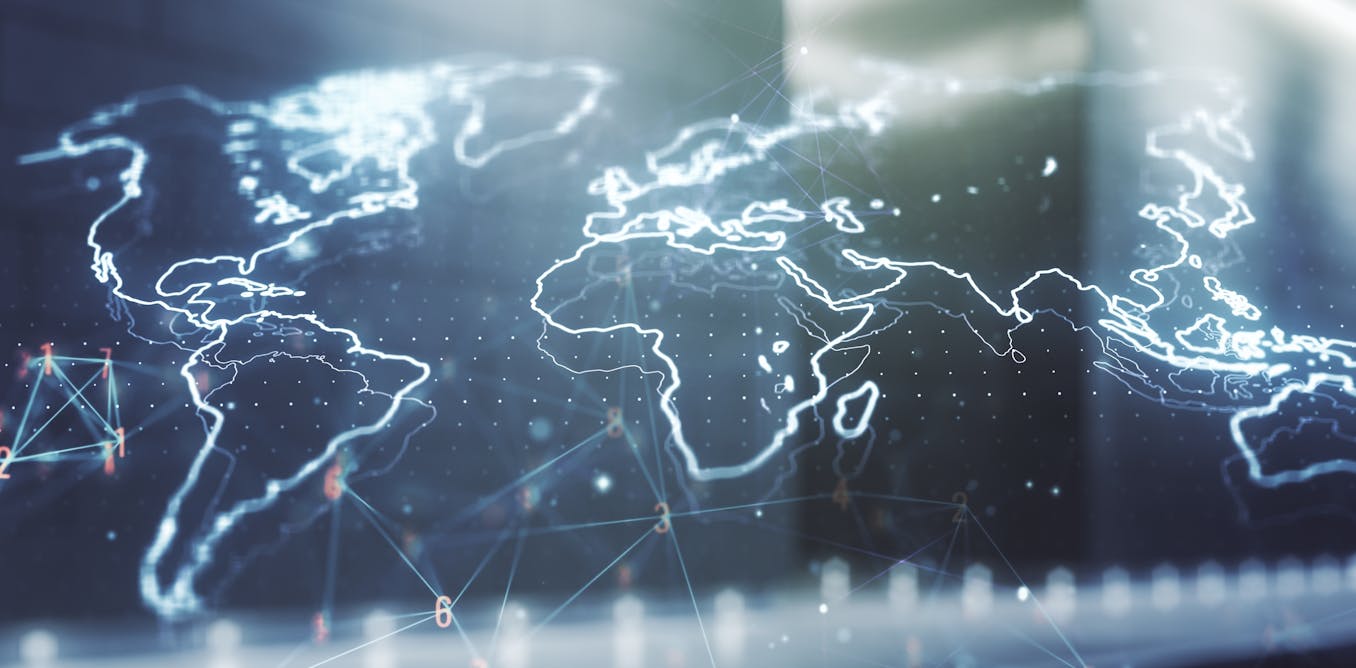The race for dominance of the artificial intelligence (AI) industry is redefining the global geopolitical order. Whoever can master this rapidly changing technology will have an unprecedented level of economic control, and will govern new employment on a vast scale. According to many economists, we are currently in the midst of the “fourth industrial revolution”.
In this power struggle, the leading powers are the USA, the Asia-Pacific region (especially China) and the European Union (EU). However, each is following a different model for developing this technology.
China: the highest number of STEM graduates in the world
China is the country making the most investment in AI, with expected investments of over $38 billion by 2027, almost 9% of the world’s total. In China, investment is primarily driven by the state, though there are also many private technological platforms in the sector.
Its population is very open to technology, and this grants the state access to a huge field of experimentation: over 700 million internet users. Many US platforms are barred from the Chinese market, and the country boasts a much higher number of STEM (science, technology, engineering, mathematics) graduates than other countries: almost 3.6 million in 2020, followed by India with 2.6 million, and the United States with 820,000.
Trailing far behind, the only EU countries that feature in the top 10 countries by number of STEM graduates are France and Germany, with 220,000 and 216,000 respectively.
The power struggle between China and the US
In August 2023, the Chinese government issued a formal statement of “concern” in response to a US government order prohibiting investment in Chinese semiconductors and microelectronics, quantum technology and AI.
The US claims the limits were put in place are because these sectors play a key role in developing advanced military, intelligence, surveillance and computing capabilities. While the private sector is the driving force behind the current technological revolution in the US, a significant amount of research funding is provided by Defense Advanced Research Projects Agency, the US Department of Defense agency responsible for developing new military technologies.
Artificial Intelligence Index Report 2024- Stanford University, CC BY
Microsoft and France’s GDP
The largest companies in the AI sector are US-based. They have a virtual monopoly on the current development of the technology, and are global leaders in terms of stock market value.
These macro-companies are beginning to have influence and impacts at state level. Microsoft has recently returned to the top of the global stock market after increasing its stock value by more than 50% in 12 months, becoming the first company to surpass the $3 trillion valuation, equivalent to the GDP of France.
As of 13 February 2024, Saudi Arabian oil giant Aramco is the only non-technology company in the top seven largest companies in the world. The rest of the global pie belongs to, in order of size, Microsoft, Apple, Alphabet (Google), Nvidia, Amazon and Meta.
The hegemony of these large companies means they can attract talent, and they are expanding into other territories, especially European countries. However, last year’s HAI Artificial Intelligence Index Report shows a striking decline in their attractiveness: a noticeable drop in hiring international students in both the US and Canada, especially at master’s level.
Decisions are in the hands of private companies
These big tech companies wield indisputable amounts power, and not just on an economic level. They have access to massive amounts of data (protecting privacy and limiting data leakage with legislation is increasingly complex), global political influence (not just in the US) and an unbeatable public image that allows them to lead innovation.
These businesses dictate the direction of research and innovation worldwide, and they dominate cutting edge AI research, as well as the basic technology that is crucial in strengthening a country’s technological independence and sovereignty. Only a few years ago, this “frontier” research was led by academia, and it is here that Europe still has a relevant role to play.
Europe’s research institutions outweigh China
In Europe the situation is mixed, with strong state support in some member states, mainly France and Germany, and a significant number of startups, especially in the UK. However, none of the world’s top technology companies are European, and the continent also lacks the large entrepreneurial platforms of the US and China.
In Europe there is a relative aversion to risk. Another significant factor is talent drain, as many European graduates move away for better opportunities. But Europe does have one major advantage, as it is home to a significant number of top 100 research insitutions – just as many as the US, and more than China.
This is mirrored in the ranking of the most prestigious universities in AI research, where the US leads and Europe follows closely behind, with only one Chinese institution in the top ten.
Who will pay to develop GPT-4?
In 2023, 51 notable AI models were developed by private industry, compared to just 15 by academia. However, models developed in collaboration between the two sectors hit a record high, with 21 industry-academia collaborations recorded last year.
One relevant factor here is the substantial increase in the economic cost of developing these models, which consume large amounts of both computing and energy resources. The training costs of Open AI’s state-of-the-art GPT-4 and Google’s Gemini Ultra models were estimated at $78 million and $191 million respectively. Figures like these are beyond the reach of most academic research.
Europe is taking the ethical route
On 13 March 2024, the EU approved the AI Act, the first regulation in the Western world on artificial intelligence. The law is designed to be ethical, aiming to serve the people rather than big business. Other countries such as China and the US are moving forward with their own regulation, but with very different perspectives. While not its intended purpose, some claim the AI act will stifle innovation in the sector.
Read more:
EU approves draft law to regulate AI – here’s how it will work
AI is bringing with it a new wave of innovation, not only promoting new forms of technological entrepreneurship, but also new values such as sustainable computing, privacy by design in algorithms and technological sovereignty, all of which are present in the new EU regulations.
Europe is pushing for the use of AI in climate action and building sustainability, and the development of AI with better data and greener algorithms to make it sustainable. Ethical courage could well be the path that to a strong EU position in the unstoppable technological revolution of the 21st century.


